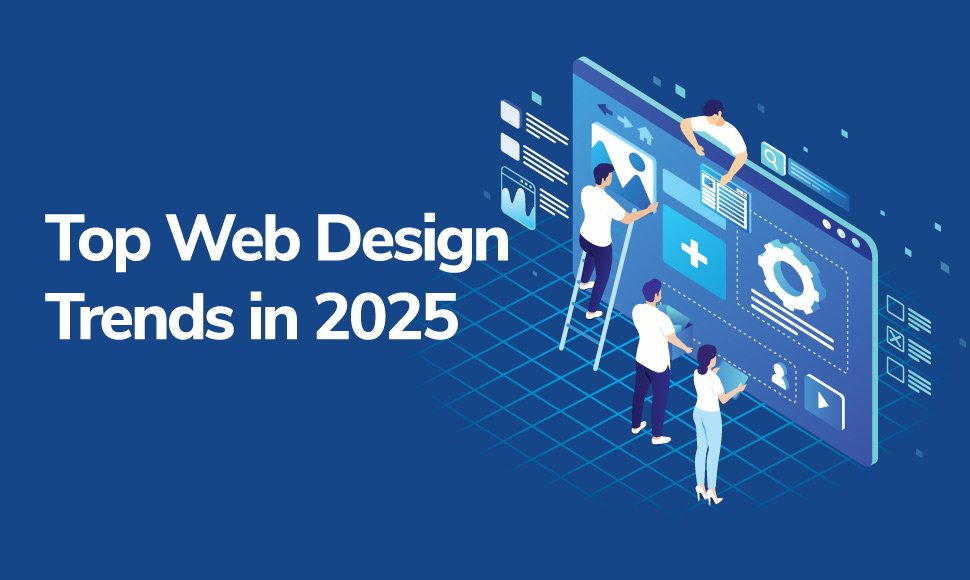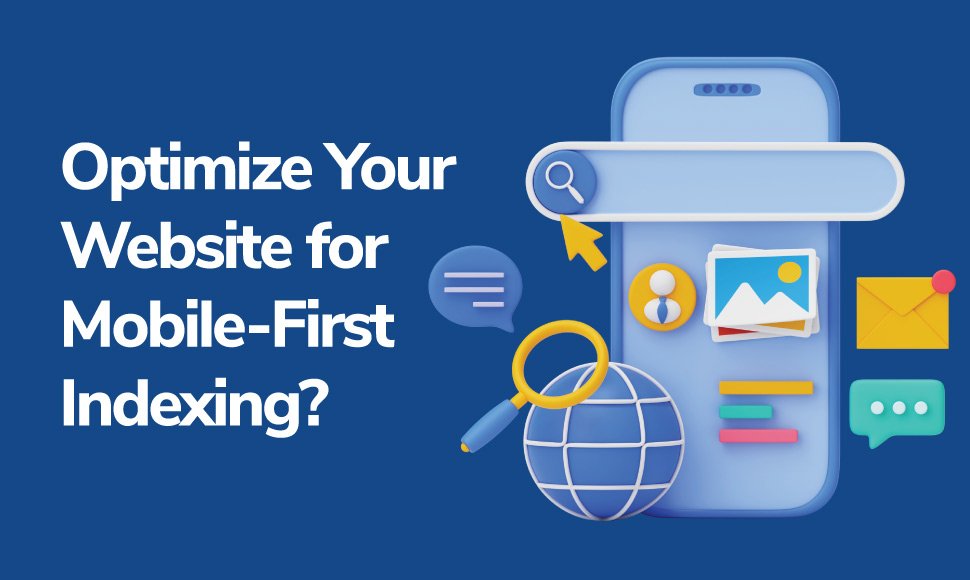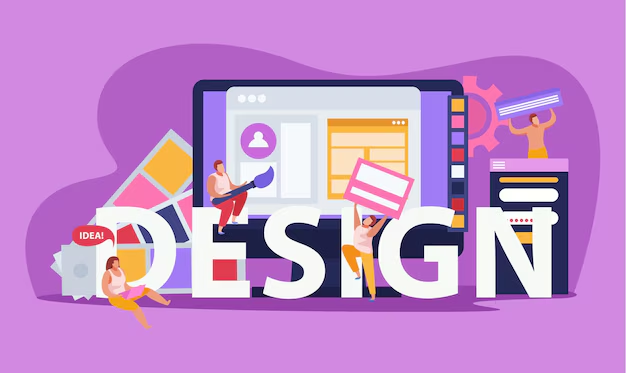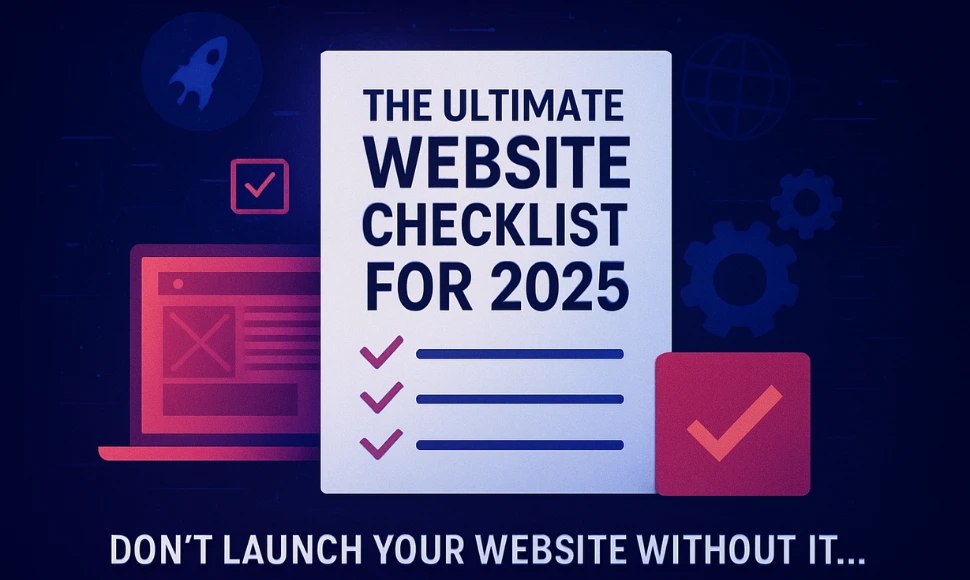
Top Web Design Trends in 2025
Table of Contents
Top Web Design Trends in 2025
Web design is changing fast. In 2025, websites need to be simple, fast, and user-friendly. The right design not only looks good but also helps users interact better and improves your search rankings. We have created a list of latest Web Design Trends you should know this year.
AI-Generated Design Elements
AI is playing a big role in modern web design. Designers are using tools like Figma AI, Adobe Firefly, and ChatGPT to save time and boost creativity. These tools can suggest layouts, generate content, and even help with design code.
Using AI helps create designs faster. It can personalize the user experience based on behavior. AI tools can also test different versions of your site to see which one works better.
Try adding AI tools to your workflow. Use them for brainstorming layouts, generating content, or running A/B tests for better UX.
Minimalist and Clean Interfaces
Simplicity is in. Users today prefer websites that are easy to use and not too busy. A clean layout, lots of white space, and clear call-to-actions help guide users better.
Focus on one goal per page. Use only two or three main colors. Always keep the mobile layout in mind while designing. This makes your site look modern and easy to navigate.
Dark Mode & High Contrast Themes
Dark mode is more than a trend—it’s a preference for many users. It helps reduce eye strain and saves battery life on devices.
Websites that offer a toggle between light and dark mode give users control over how they view your site. Always test your design in both modes to ensure it stays readable and accessible.
Micro-Interactions and Animations
Small animations can make your website feel alive. These could be hover effects, scroll animations, or simple movements when a user clicks a button.
These interactions help guide users and make the website experience more enjoyable. Use them to highlight important actions like form submissions or navigation cues. Keep them smooth and quick to avoid slowing down the site.
Accessibility-First Design
Making your website accessible to everyone is now essential. It’s not just good practice—it’s expected. Accessible websites are easier to use and also perform better on search engines.
Add alt text to your images. Make sure there’s enough contrast between text and background. Use proper headings (like H1, H2) for content structure. Also, ensure your site works well with keyboard navigation.
Faster Load Speeds and Core Web Vitals Optimization
Speed matters. Google rewards fast websites, and users stay longer when pages load quickly.
Use image formats like WebP or AVIF to reduce file size. Minify your CSS and JavaScript files. Lazy load images so they only load when users scroll down. These steps make your site faster and improve your ranking.
Mobile-First and Responsive Design
Most people browse on their phones, so mobile-first design is a must. Your site should look great and work well on all screen sizes.
Use flexible grids and fluid layouts. Avoid using fixed widths that don’t adjust to screens. Design buttons and menus to be easy to tap with a thumb. Always test your design on multiple devices.
3D Graphics and Interactive Visuals
3D visuals are becoming more common as browser technology improves. These elements can make your site feel modern and engaging.
Use lightweight 3D tools like Three.js for backgrounds or product showcases. You can also use Lottie animations for icons and micro-interactions. Just make sure they don’t slow down the site.
Voice and Chat-Based Navigation
Voice and chat tools are now part of everyday browsing. Adding smart voice assistants or AI chatbots can improve how users find information on your site.
You can use voice search on product pages or include a chatbot to answer FAQs. These tools help users find what they need quickly and increase engagement.
Inclusive and Localized Design
Your website should feel welcoming to users from different backgrounds and languages. Inclusive design considers everyone, including people with disabilities.
Offer language options on your site. Use images and messages that reflect different cultures. Make sure your content works for users across regions. This approach creates a stronger connection with a wider audience.
Final Thoughts on Top Web Design Trends in 2025
Web design in 2025 is about clarity, speed, and inclusiveness. By using these trends, you create a better experience for visitors and improve your chances of ranking higher on Google.
 +91 98792 74063
+91 98792 74063




